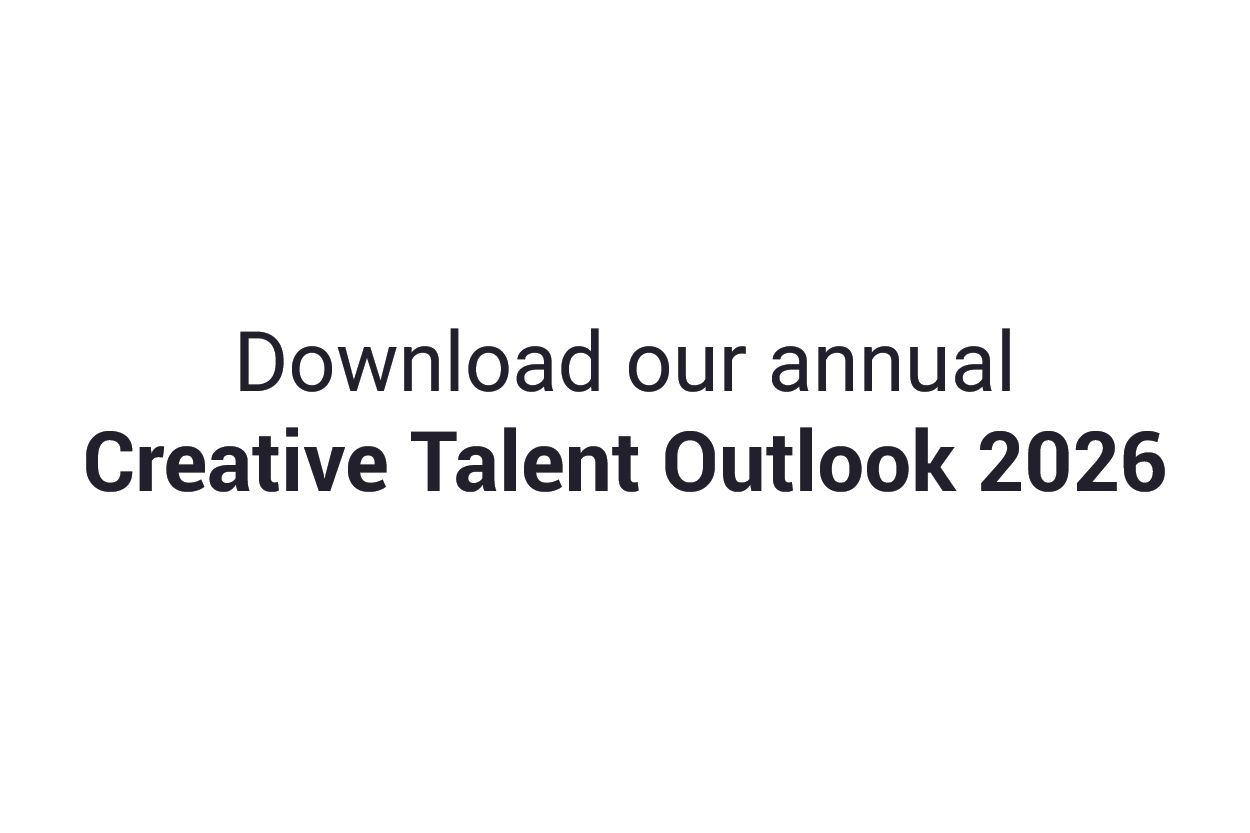Microshifting Is the New Work Trend Beyond Hybrid & Remote
Date
The great workplace experiment of the last few years asked one fundamental question: Where should people work? The emerging answer, however, is pointing to a more profound shift: it’s not about where, but when.
Enter Microshifting—a new model that moves beyond the physical logistics of remote and hybrid work to address the core of productivity and well-being: our natural energy cycles. Instead of a rigid 8-hour block, the workday is broken into short, flexible intervals tailored to an individual's peak focus times. This allows for deep, uninterrupted work during "flow states" while seamlessly integrating personal tasks, errands, and rest.
While hybrid work gave us control over our location, Microshifting offers control over our time. It acknowledges that creative and cognitive work doesn't flourish on a factory-style schedule. The result is a structure that prioritizes energy management over simple presence, measuring output rather than hours logged.
The era of the standardized workday is fading. The future belongs to a more personalized, dynamic rhythm. The new 9 to 5 isn't 9 to 5—it's whatever schedule lets you do your best work.
Sources McKinsey, Attracting Gen Z talent into US public service, September 2025. New York Post, Employees aren’t slacking off — they’re ‘microshifting’: This is how WFH boosts overall productivity, Octover 2025. Spotify HR Blog, Introducing Working From Anywhere.
Explore More 'Fancy Degrees' Will Matter Less and Less According to LinkedIn CEO Can Good Taste Be Taught?

